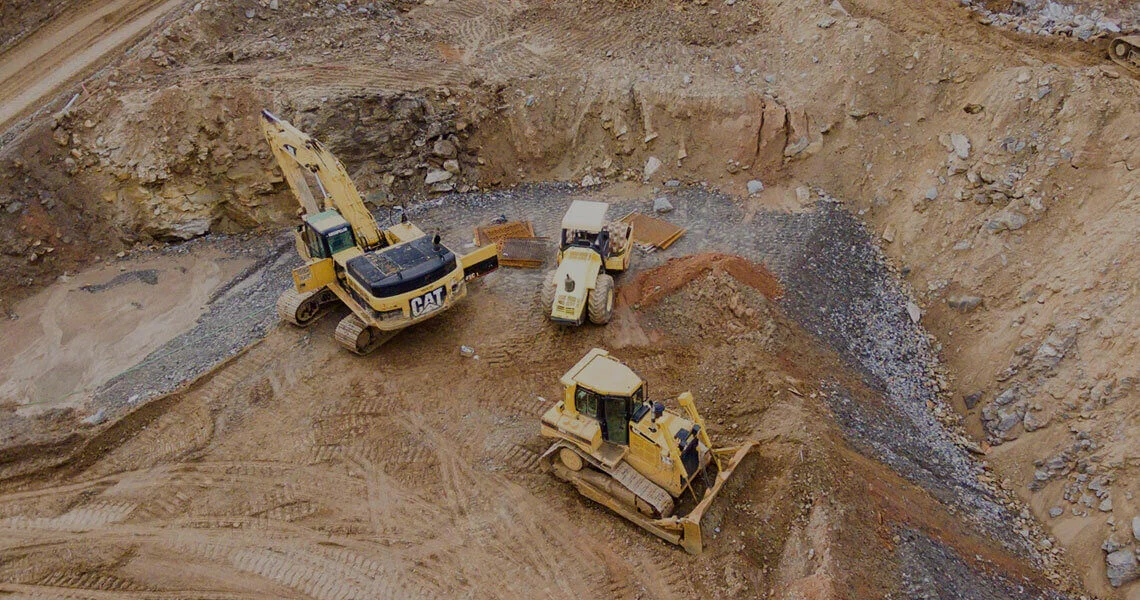Challenge
Our client is an Oil and Energy company with multiple oil barrels storages located across the globe. The client company has the capability to provide services to different oil companies and for that they need is to simulate, evaluate, and optimize their own gravel packs. The client decided to develop a Gravel pack solution that would help oil companies to design their gravel packs during uncertainties or untimely events.
Gravel Pack Solution has provided a variety of options through the user interface but also faced complications during development such as
- Designing the most complex treatments with the fully integrated modelling of the latest technology
- Designing an engineering software that keeps everything in memory until final save
- Performance optimization while evaluating a large set of data
- Online-offline support: Software to be used at well-sites and on rigs where there may not be an internet connection
- 2D and 3D simulation diagram for each input/feature
- Detailed understanding of different oil-field terminology and entire gravel pack process
Expertise
-
Tools & Technology
Microsoft .NET Framework • C# • Microsoft SQL Server • DevExpress Controls
Solution
The Oil and energy sector is a challenging sector where a detailed understanding of the crucial details of the sector is imperative so as to develop an app. Our team of experienced and dedicated .NET developers took knowledge about the sector from the client, researched thoroughly, and then started developing the solution. TatvaSoft developed a professional desktop software program for use in the design, evaluation, and calibration of well-site treatments.
Our custom solution is broadly classified into three main modules
1. Simulation Module:
This module involves the use of well, reservoir, and other general data and engineering principles to model, predict, and optimize the outcome of the treatment prior to its execution.
Features included in this module are:
- Well analysis which includes deviation survey, location type, temperature profile, treatment type, and pipe string component management
- Completion screen with lower completion tab, running string, and shunt tube tab
- Fluid Screen: Manage fluid information
- Gravel Screen: Manage gravel information
- Pumping screen shows initial data like tool position, wellbore fluids, pumping direction and pumping schedule
- Executing simulation includes data validation, calling engine, etc. Update chart/ results and save result data.
- Result screen shows scenario comparison feature (user can compare multiple scenarios), charts showing real-time progress of simulation execution, and summary of results.
2. Evaluation Module:
This involves the analysis of measurements taken during the treatment (pressure, temperature, etc.) to determine the success of the treatment post-execution. Features included in this module are:
- Data management feature imports multiple files in different formats.
- Range management feature manages the input range and applies the range.
- Features like pumping screen, results screen, completion screen, gravel and fluid screen, well, execution evaluation are similar to simulate module.
Calibrate Feature
It simply overlays the simulation data and the evaluation data on a single plot for direct comparison
Unit System
It defines or modifies units, adds custom units, switches from different unit systems while working on the same system to allow the user to see if the simulation matches reality.
Documentation Help
It stores detailed documentation of the whole system, guided inputs.
3. Licensing Module:
We created a unique machine key, parse license key in the software & activate/update license.
Software Updates
Timely check software updates, download the latest software versions, and update the current one.
Result
The client drew enormous benefits from TatvaSoft's end-to-end software development services that accelerated the client's business and created cost-savings. Some of the key benefits realized from this solution are:
- Simulation of most complex scenarios and advanced data analysis techniques
- Dynamic gridding for accuracy & performance
- Streamlined data handling
- Design optimizations with greater accuracy and fully integrated shunt tube modelling
- Easy controls and mobility



